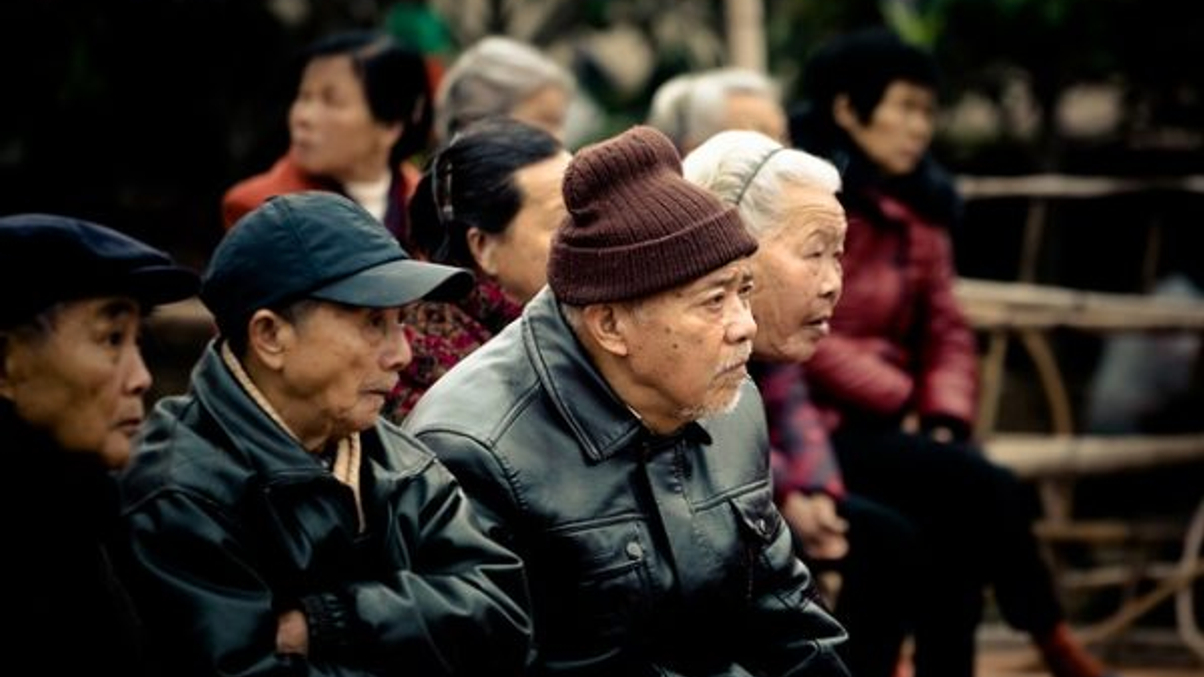China’s pension challenge getting bigger (and bigger)
The pension schemes of 13 Chinese local governments are reportedly now in deficit, or close to deficit, and the number will only grow if nothing is done.

Thirteen local governments, representing almost a third of the Chinese population, are reportedly unable to fully cover their pension expenses from worker contributions, highlighting the big challenges facing China as a result of its rapidly ageing population and historic one-child policies.
Sign in to read on!
Registered users get 2 free articles in 30 days.
Subscribers have full unlimited access to AsianInvestor
Not signed up? New users get 2 free articles per month, plus a 7-day unlimited free trial.
¬ Haymarket Media Limited. All rights reserved.


